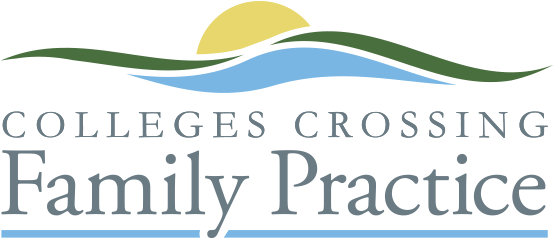Shingles is a nasty recurrence of the chickenpox virus resulting in extreme pains on one side of the body, followed by a stripe of bubbly rash. Sometimes the pains never go away, and other complications can follow. It is also contagious for chickenpox – if you have the rash, remember to stay away from infants, pregnant women, and the unwell.
Fortunately there are ways to prevent shingles. The best is to avoid catching chickenpox in the first instance – so ensure you (and especially your children) are up to date with vaccinations. Chickenpox vaccination has been available since 2000. If you are older and missed out on this protection in childhood you could consider the shingles (herpes zoster) vaccination after age 50.
The goods news – the shingles vaccination will soon be added to the National Immunisation Schedule. From November 2016, citizens aged 70 will be able to access the government funded vaccination. Also, there is a catch-up program for those aged 71-79 which runs until 2021. The vaccination is effective at reducing the incidence of shingles by two-thirds, and also greatly reduces the chronic pains that can follow the acute infection. I have met people who have lost eyesight due to shingles (horrible to contemplate) and if you have ever been unfortunate enough to personally have shingles, or to know someone who has had it, you will understand the drive to reduce the occurrence of this condition.
The shingles vaccination is most helpful for older people (those aged over 50), and those with other chronic medical diseases who have not had the opportunity to be vaccinated for chickenpox in their infancy. You don’t have to wait for the federally funded vaccination – you can purchase it for around $250 – and it is best to discuss your personal circumstances with your GP.
